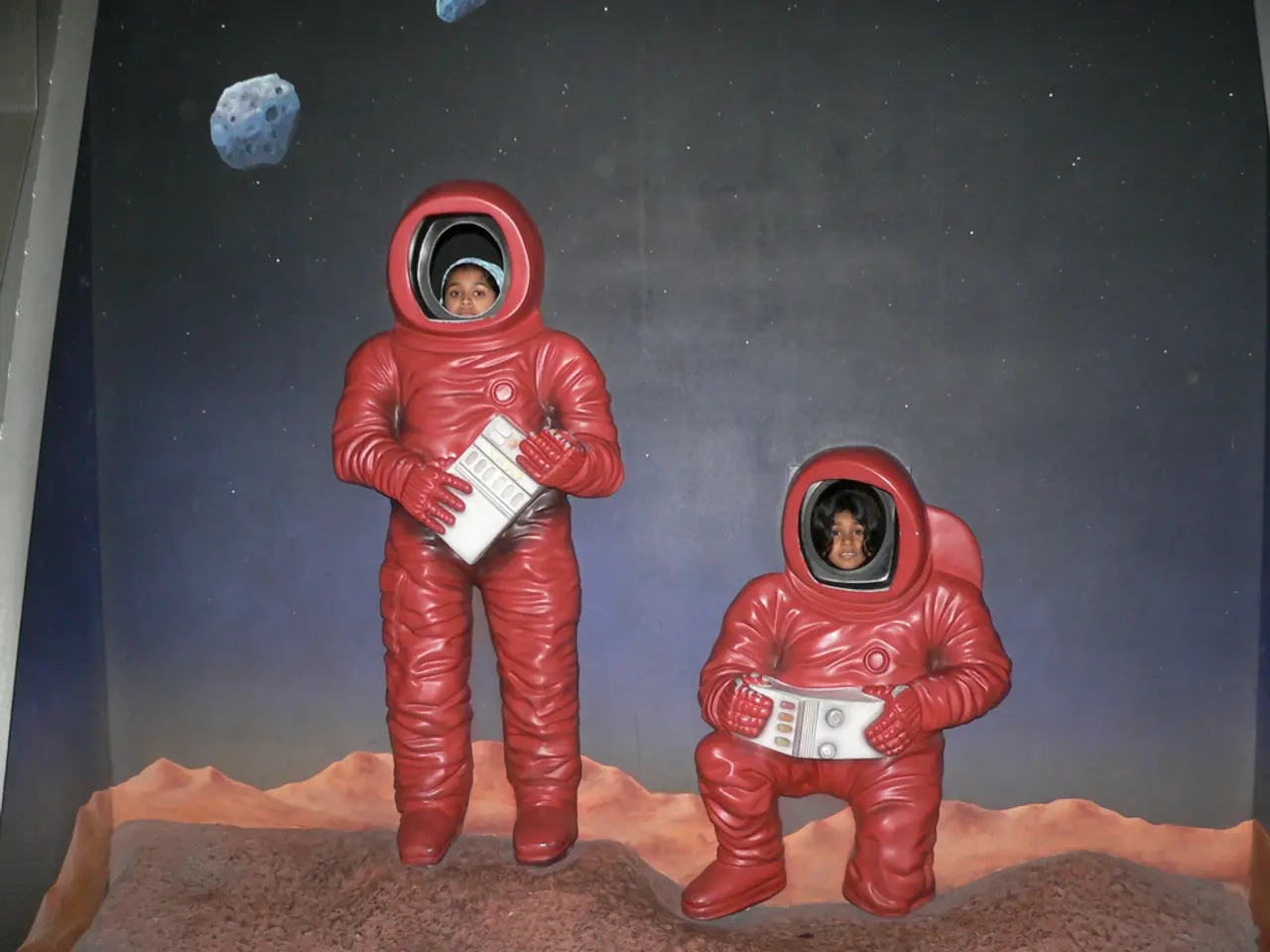Space Station International (ISS) - Description and Comprehensive Insight - Space Discovery Lexicon
The International Space Station (ISS) is a remarkable feat of international cooperation and scientific innovation. Launched into orbit in 1998, the ISS has been serving as a habitable artificial satellite at an average altitude of approximately 420 kilometers for over two decades.
The primary purpose of the ISS is to conduct scientific research in a microgravity environment. Astronauts from various countries, including the United States, Russia, Japan, Europe, and Canada, have been using the ISS as a research laboratory where they conduct experiments in microgravity.
One of the most significant advancements made on the ISS is in the field of medicine. Astronauts have studied the effects of microgravity on the human body, leading to advancements in the treatment of osteoporosis and muscle atrophy. These findings have immense implications for the health and well-being of individuals on Earth, particularly the elderly and bedridden.
The ISS has also been the site of numerous groundbreaking experiments and achievements. One notable example is the Alpha Magnetic Spectrometer, a particle physics detector that has helped scientists study cosmic rays and dark matter. The data collected by this instrument has greatly expanded our understanding of the universe and its mysteries.
In addition to scientific research, astronauts aboard the station perform regular maintenance tasks, such as repairing equipment, conducting spacewalks, and cleaning the living quarters. The ISS is maintained and operated by a team of astronauts and ground controllers who work tirelessly to ensure the safety and functionality of the station.
Supplies and equipment are delivered to the ISS periodically by cargo spacecraft, such as SpaceX's Dragon and Northrop Grumman's Cygnus. These spacecraft bring essential supplies, including food, water, and equipment, to keep the station running smoothly.
The future of the ISS remains uncertain, but its legacy as a symbol of international cooperation and scientific discovery will endure for years to come. NASA has announced plans to transition from the ISS to a new space station called the Lunar Gateway, which will orbit the Moon and serve as a staging point for missions to the lunar surface and beyond.
Meanwhile, nations planning new space stations after the ISS include primarily the United States, which is focusing on private companies rather than building a government-owned station. Leading private companies developing new commercial stations are Axiom Space, Orbital Reef, and Starlab; Axiom Space plans to dock its first module to the ISS in 2027, with the ISS expected to be decommissioned around 2030.
The ISS has been the site of numerous groundbreaking experiments and achievements. From growing plants in space to studying the behavior of fluids in microgravity, the ISS has truly pushed the boundaries of human knowledge and innovation. As we look to the future, we can only imagine what new discoveries await us in the vast expanse of space.
Read also:
- Reporter of Silenced Torment or Individual Recording Suppressed Agony
- EPA Administrator Zeldin travels to Iowa, reveals fresh EPA DEF guidelines, attends State Fair, commemorates One Big Beautiful Bill
- "Divine Protections Failed: Father Battling for Life After Flesh-Eating Bacteria Infection"
- Innovative Company ILiAD Technologies Introduces ILiAD+: Boosting Direct Lithium Extraction Technology's Efficiency Substantially








